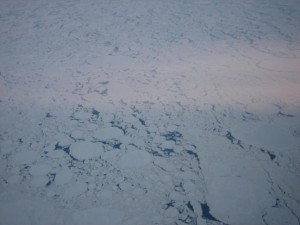A little behind schedule, I finally found time to read the article in the July 2010 edition of Physics Today “Touring the atmosphere aboard the A-Train” by Tristan S. L’Ecuyer and Jonathan H. Jiang. I think this article is a worth-while read, telling a fascinating story about how new satellite missions lead to greater understanding of our climate system.



